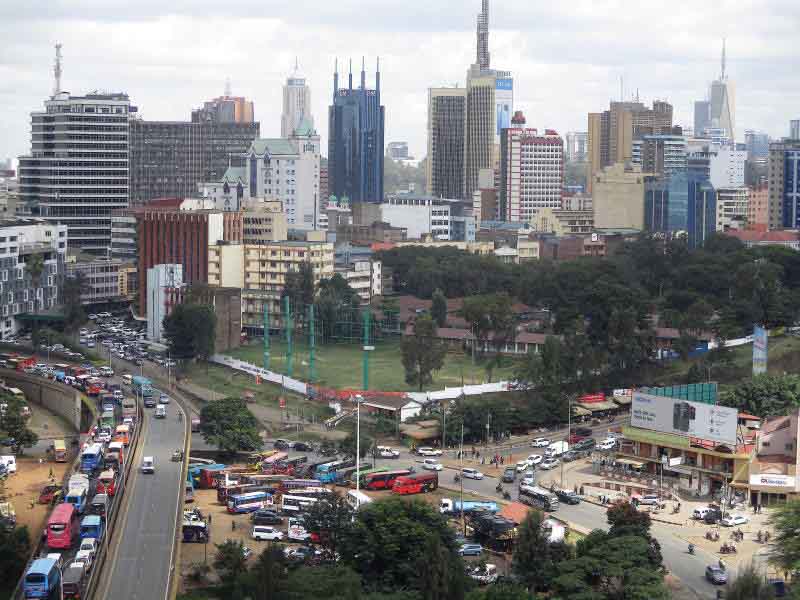×
The Standard e-Paper
Kenya's Bold Newspaper

I have lived in Nairobi for the longest time (came to the city when I was 19 years-old looking for greener pastures). Later when Nairobi became so drab and dearly, I developed a mantra – “get out of the drab and dreary city” that was no longer “the green city in the sun”, at every opportunity.
How things change. Now that I am out of Nairobi, I find myself yearning for an opportunity to come visit the now unrestrained growing city. Here I am exploring what a typical Nairobi City tour has to offer. Life is such a paradox!